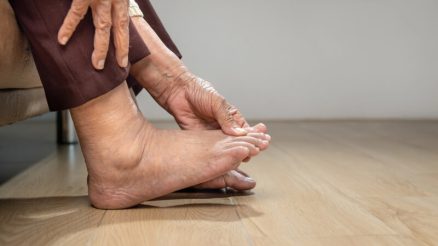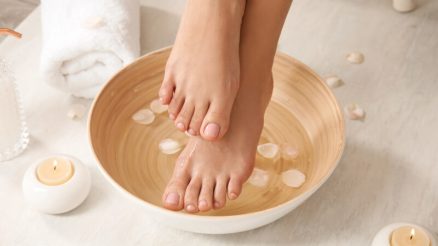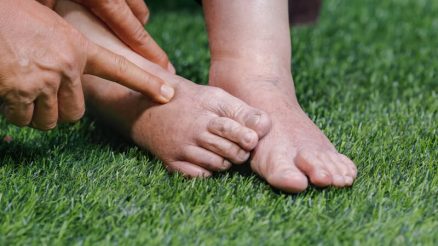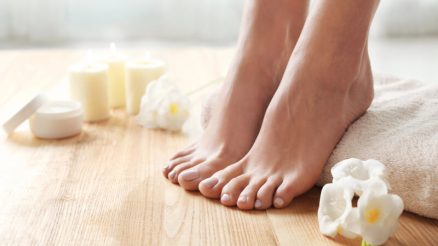Medications and Injections
-
Over-the-Counter Pain Relievers: Nonsteroidal anti-inflammatory drugs (NSAIDs) such as ibuprofen or naproxen reduce joint inflammation and pain. Acetaminophen (Tylenol) can also relieve pain (though without anti-inflammatory effect). These can be taken according to the label or doctor’s advice for short-term relief.
-
Effectiveness: OTC pain relievers often quickly reduce bunion pain and swelling when a flare-up occurs. They are meant for symptom relief only.
-
Pros: Readily available, inexpensive. Useful for short-term control of moderate pain.
-
Cons: Long-term use of NSAIDs can cause stomach upset or other side effects; acetaminophen overuse can harm the liver. They do nothing to slow the bunion itself.
-
-
Topical Pain Relief: Creams or gels with menthol, capsaicin, or topical NSAIDs (like diclofenac gel) can be applied directly to the bunion. For example, capsaicin cream provides a “warming” sensation that may ease joint pain.
-
Usage: Apply as directed to clean skin over the bunion. Wash hands after use (especially with capsaicin).
-
Pros: Targets pain locally, often fewer systemic side effects than pills. Can be used multiple times a day.
-
Cons: May cause skin irritation or burning feeling. Less potent than oral meds, so often only partly effective. No evidence it slows bunion progression.
-
-
Prescription Medications: In cases of severe pain or underlying arthritis, doctors may prescribe stronger analgesics or anti-inflammatories. For example, a corticosteroid injection into the MTP joint or bursa can dramatically reduce inflammation and pain for weeks to months. (Such injections are used if the bunion joint itself or surrounding bursa is acutely inflamed.)
-
Effectiveness: A cortisone shot can provide significant short-term relief of pain and swelling.
-
Pros: Can break a cycle of severe pain when other measures fail.
-
Cons: Risks include transient pain at the injection site and very rarely infection. Effects are temporary (often a few months). Injections do not prevent the need for future treatment or surgery if the bunion remains bothersome.
-








